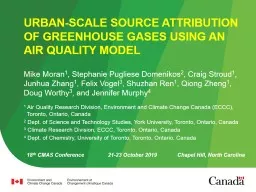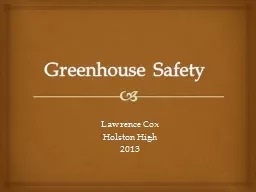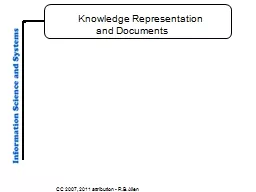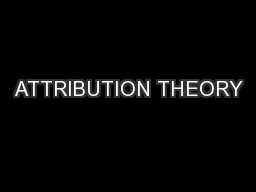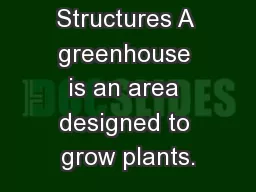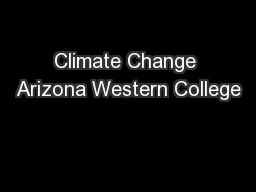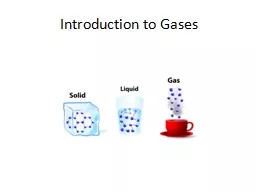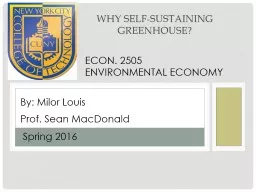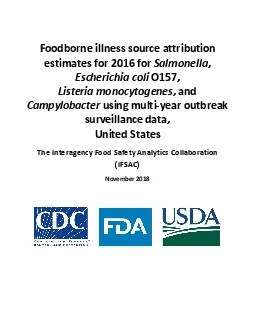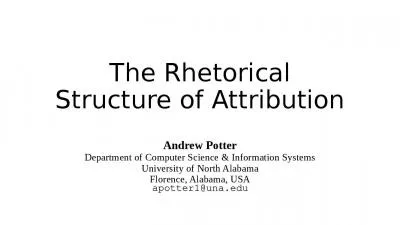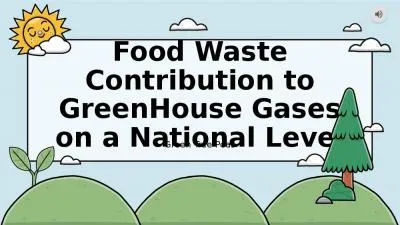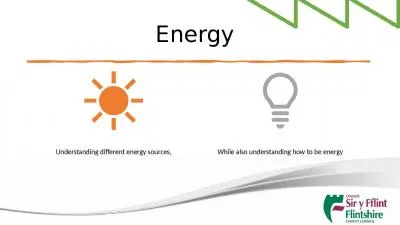PPT-Urban-Scale Source Attribution of Greenhouse Gases Using an
Author : rouperli | Published Date : 2020-06-25
Air Quality Model Mike Moran 1 Stephanie Pugliese Domenikos 2 Craig Stroud 1 Junhua Zhang 1 Felix Vogel 3 Shuzhan Ren 1 Qiong Zheng 1 Doug Worthy
Presentation Embed Code
Download Presentation
Download Presentation The PPT/PDF document "Urban-Scale Source Attribution of Greenh..." is the property of its rightful owner. Permission is granted to download and print the materials on this website for personal, non-commercial use only, and to display it on your personal computer provided you do not modify the materials and that you retain all copyright notices contained in the materials. By downloading content from our website, you accept the terms of this agreement.
Urban-Scale Source Attribution of Greenhouse Gases Using an: Transcript
Download Rules Of Document
"Urban-Scale Source Attribution of Greenhouse Gases Using an"The content belongs to its owner. You may download and print it for personal use, without modification, and keep all copyright notices. By downloading, you agree to these terms.
Related Documents

